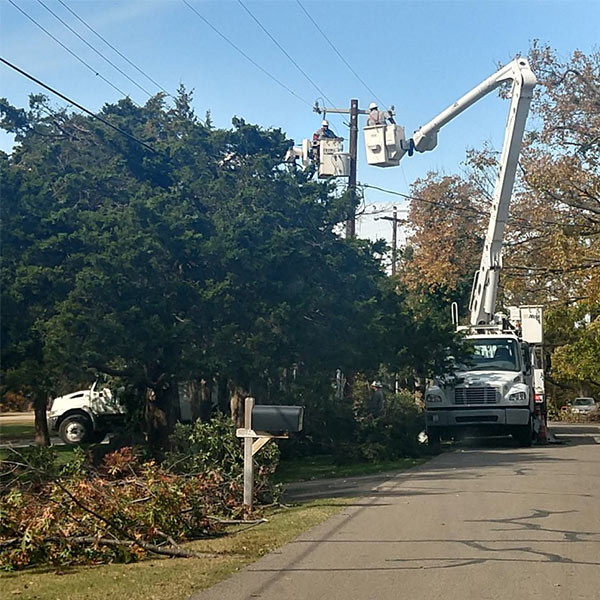The California Public Utilities Commission voted unanimously Thursday to enact a moratorium on a longstanding program that provides $30 million to $75 million annually to shareholders of the state’s three big investor-owned utilities for administering energy efficiency programs.
The commission’s decision represented a rare disagreement with one of its own administrative law judges, Julie Fitch, who wrote in a proposed decision that the Energy Savings and Performance Incentive (ESPI) remained a useful motivator.
“Energy efficiency is still our most important resource in which we are expecting utilities to invest ratepayer funds, and we still need the most effective energy efficiency program possible as the urgency of meeting our environmental goals becomes more critical,” Fitch wrote.
Energy-efficient construction and appliances are primary components of the state’s efforts to reduce electricity consumption as part of its strategy against climate change.
Commissioners said they respected Fitch’s careful reasoning but disagreed.
“We don’t need to incentivize people with bonuses for complying with the law,” Commissioner Martha Guzman Aceves said.
Senate Bill 350, passed in 2015, requires the state to double its energy efficiency by 2030, and 2018’s Senate Bill 100 requires utilities to provide retail customers with 100% carbon-free electricity by 2045. The ESPI adder, which the CPUC approved in 2013, may be “antiquated” in today’s changed energy landscape, Guzman Aceves said.
“We have an obligation … regardless of whether shareholders get more money or not,” she said. “I think it’s time we start to reward the customers, who are the actual consumers that are conserving here, and move away from an approach of feeling that we need to give utilities extra money for doing their job.”
Guzman Aceves and her four colleagues agreed with an alternate decision by Commissioner Liane Randolph that called for an indefinite moratorium of the program starting next year.
“The moratorium shall remain in effect pending subsequent action to assess whether, how or when a new version of ESPI or a new incentive mechanism can be devised and implemented,” Randolph wrote.
Consumer groups, such as The Utility Reform Network (TURN), opposed the continuation of the shareholder incentives. The IOUs had gone from implementers of the energy efficiency programs to administrators working with third-party contractors, a role that doesn’t require additional incentives, TURN contended.
San Diego Gas & Electric acknowledged that the role of IOUs in energy efficiency programs has changed. The utility said a review of the incentive program was warranted but said it should continue.
Pacific Gas and Electric argued “shareholder incentives may not be necessary to ensure the planning and delivery of robust energy efficiency programs, [but] they signal the importance and support of programs not primarily intended as resource programs,” such as workforce training, marketing, and consumer education and outreach, Fitch wrote.
“PG&E believes that an incentive for investing in non-resource activities can motivate IOUs beyond minimum compliance obligations, despite internal pressure to reduce impacts to portfolio cost-effectiveness and customer bills,” she said.



